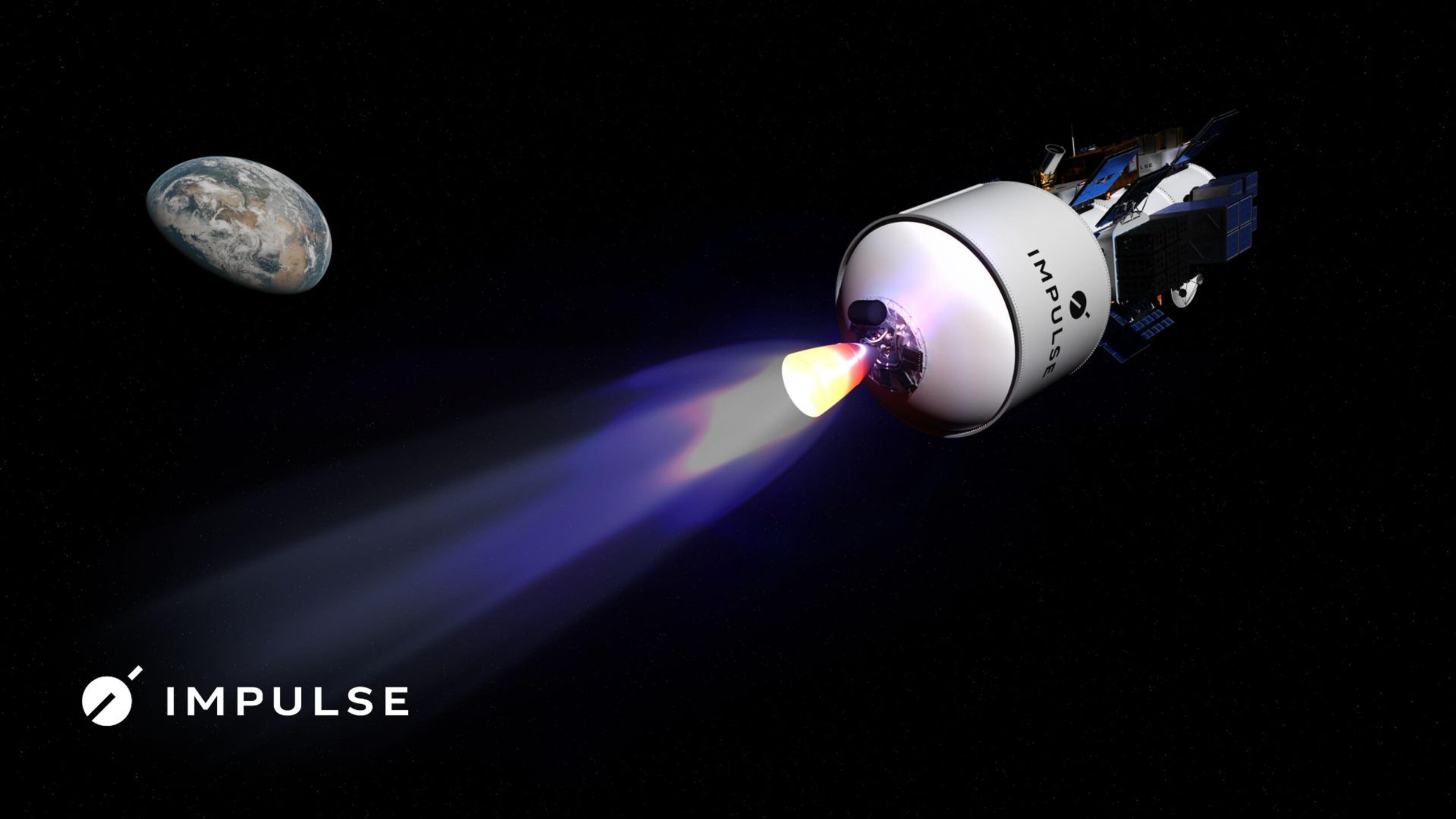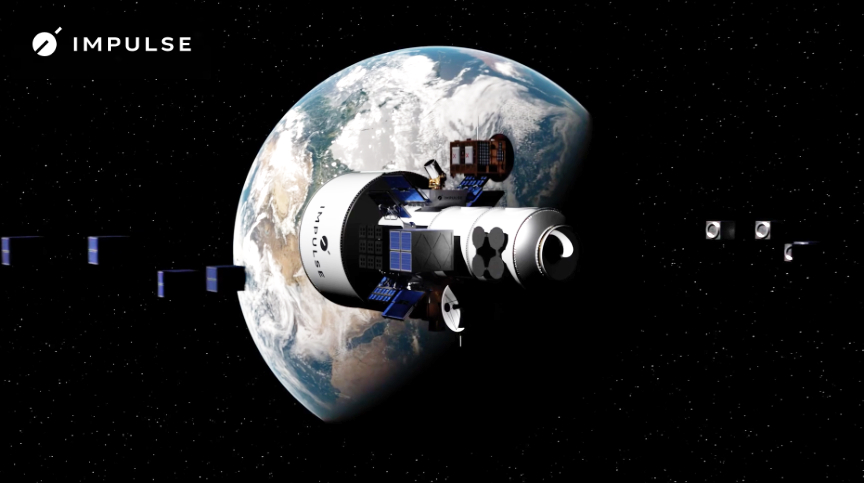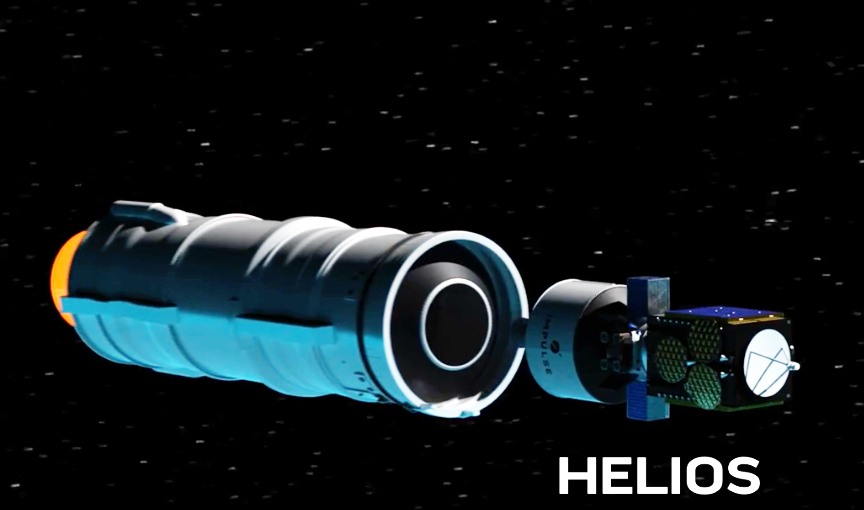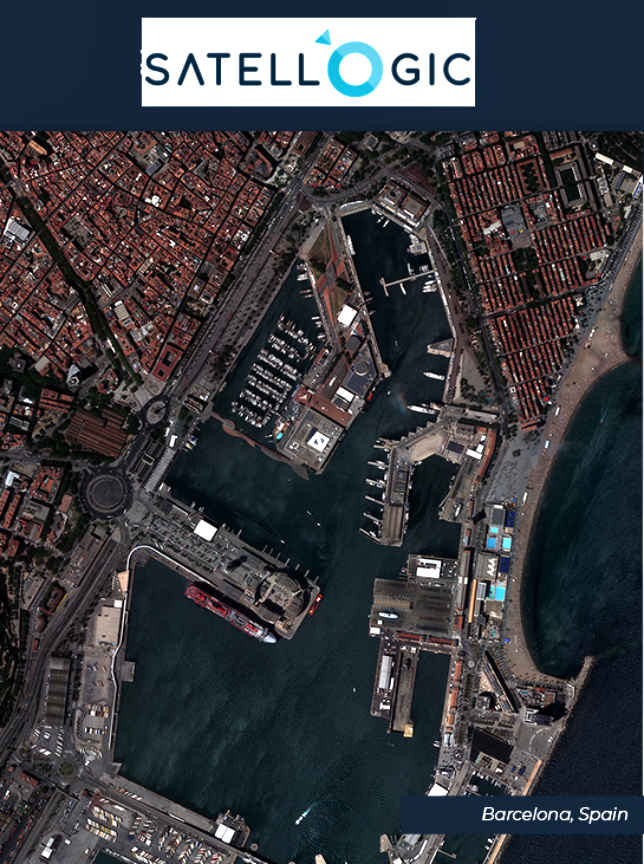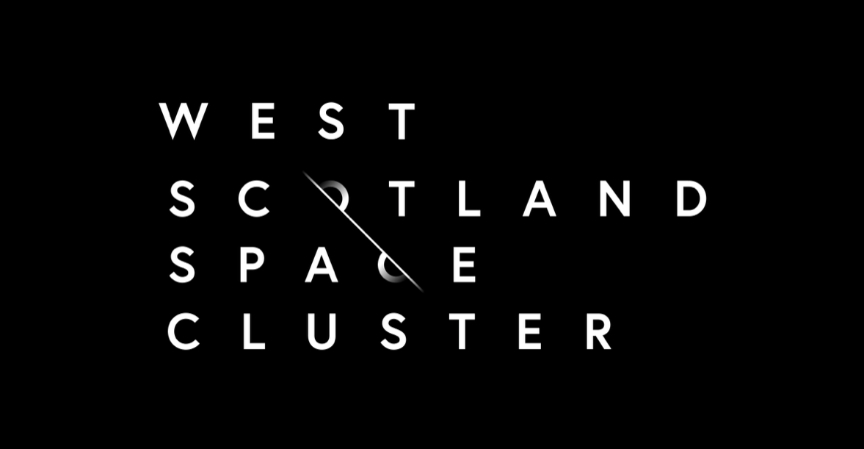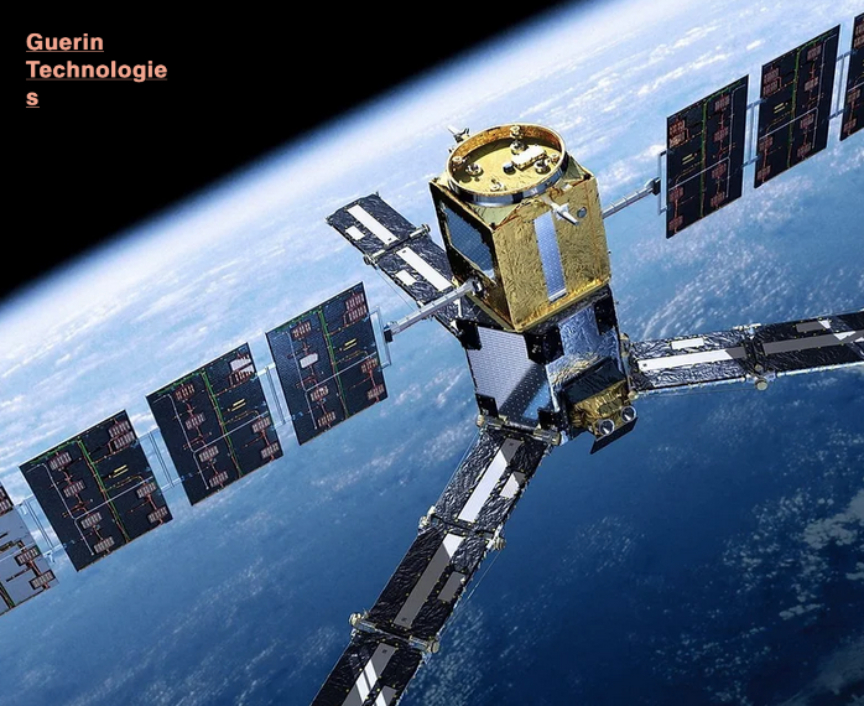
LONG BEACH, Calif.–(BUSINESS WIRE)–Rocket Lab USA, Inc. (Nasdaq: RKLB) (“Rocket Lab” or “the Company”), a global leader in launch services and space systems, has completed testing and integration of its second Pioneer spacecraft for Varda Space Industries, Inc. (“Varda”), the world’s first in-space pharmaceutical processing and hypersonic Earth re-entry logistics company.

Rocket Lab’s first Pioneer spacecraft for Varda was launched in June 2023. Varda successfully crystallized the HIV drug Ritonavir while on orbit and Rocket Lab and Varda successfully landed the re-entry capsule in the Utah desert in February 2024. The Company is now preparing Varda’s second mission during which Rocket Lab and Varda will once again conduct in-space operations, reentry positioning maneuvers, and deorbiting to recover Varda’s capsule. Varda received permission from the FAA under a Part 450 license earlier this month, making them the only company to ever secure a second reentry license.

Designed and built at Rocket Lab’s Spacecraft Production Complex and Headquarters in Long Beach, California, the Pioneer spacecraft will provide power, communications, propulsion, and attitude control for Varda’s 120 kg reentry capsule. Each Pioneer spacecraft leverages the company’s vertically integrated spacecraft components and subsystems, including star trackers, reaction wheels, solar panels, flight software, and radios. Rocket Lab’s Pioneer spacecraft is a flight proven highly configurable medium delta-V platform designed to support large payloads, re-entry capabilities, and dynamic space operations.

Photo courtesy of the company.
“By leveraging Rocket Lab’s vertically integrated approach to spacecraft production, we can rapidly develop and deliver the highly capable and reliable spacecraft that Varda needs for their missions,” said Rocket Lab Founder and CEO, Sir Peter Beck. “This close collaboration allows us to push the boundaries of innovation, enabling Varda to create high-value products in microgravity and bring them back to Earth. We’re excited to work alongside Varda as they revolutionize manufacturing processes and open new markets through space.”
“Our partnership with Rocket Lab demonstrates the power of collaboration to evolve the orbital economy,” said Varda CEO and co-founder Will Bruey. “Each reentry is a remarkable milestone that paves the way for future innovations, and the day when reentry is as common as launch.”


